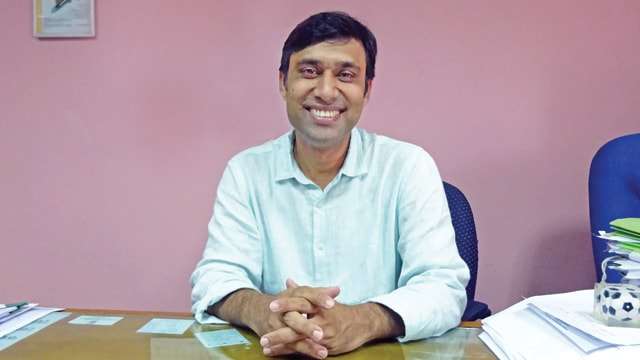
Non-traditional markets like India and Russia are strongly emerging as the most potential export destinations for garment manufacturers in Bangladesh, who want to develop new markets in addition to the traditional ones like US and Europe, for better prospects in future.
Chittagong Fashion Group with three production units (two in Chittagong and one in Dhaka) and combined production capacity of about one million pieces a month – mainly men’s casual and dress shirts along with ladies blouse, school uniforms and tops – is one amongst the numerous garment manufacturers, which has entered the Indian and Russian markets to exploit the potentialities.
“The order volume from Arvind alone is around 1,00,000 pieces yearly,” underlines Bhuiyan, indicating towards the immense business possibilities that the Indian brands and retailers have to offer. Bhuiyan’s optimism is not without reasons though. As per a report by India Brand Equity Foundation (IBEF), the robust economic growth and rising household incomes in India are expected to increase the consumer spending to US $ 4 trillion by 2025, which has made the country a hot destination for apparel exporters. The report further states that the Indian consumer sector has grown at an annual rate of 5.7 per cent between FY 2005 to FY 2015, with nominal year-on-year expenditure growth of 12 per cent, which is more than double the global anticipated rate of 5 per cent, and is expected to propel the country to become the third largest consumer market by 2025 globally.

Alongside India, the around US $ 36 million turnover Chittagong Fashion Group has also roped in another non-traditional market in Russia in its kitty, which according to Bhuiyan also holds a lot of promise. And now with dissolution of LC between Russia and Bangladesh, issues related to payments have also improved substantially, claims Bhuiyan.
“We are working for the Russian market for more than 10 years now; currently we are doing women’s dress for brand Outventure…,” underlines the Director of Chittagong Fashion Group.
Counting names such as H&M, Mango and Next amongst its clientele, USA and Europe still constitute a major chunk of Chittagong Fashion Group’s business; 70-80% to be precise, where shirts manufactured by the company commands FOB of US $ 4-5 for basic ones, US $ 5-6 for dress shirts and US $ 7-8 for the linen shirts.
“Of late, there is an increase in orders from the existing buyers… H&M in particular is not taking in any new vendors and is focusing on the existing ones to expand capacities and improve efficiencies,” maintains Bhuiyan, who has reserved 5 lines for H&M exclusively in one of the units.
Operating at 40-50% efficiency level currently, Bhuiyan is banking on automation to take efficiency to 70 per cent.
“At present our combined machine strength is 2,000 in the ratio of 50:50 in terms of manual and automats,” says Bhuiyan adding that by the end of the year, Chittagong Fashion Group plans to go fully automatic. Increasing labour costs and other overheads, including power combined with diminishing margins, makes technology the most feasible option to grow and prosper in these challenging times, winds up Bhuiyan on a parting note.

Post a Comment